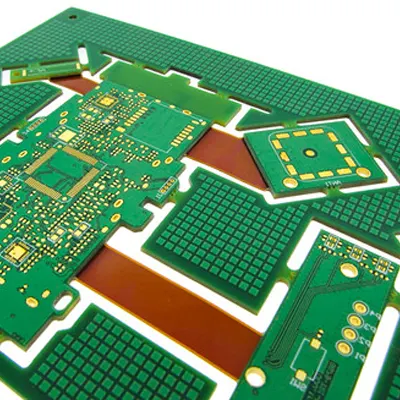What is flexible and rigid flex PCB?
Flexible printed circuit boards are considered “flexible” for multiple reasons, but the most obvious one is that their circuitry can be designed to match up with the electronic device or core product. Manufacturers are not forced to create a product or casing around the board itself. Instead, they can adapt the board to fit an existing design. This is beneficial when creating components or hardware that feature orthodox designs. For instance, if you are concerned with the total weight, portability, and durability of a particular device, conventional boards may be out of the question.

Flex-rigid PCBs derive their name from the fact that they use a combination of flexible and rigid circuitry areas. Like most printed circuit boards, flex-rigid boards have multiple layers, but generally have more than conventional designs.
These additional conductive layers are outlined with rigid or flexible insulation depending on the product needs. Outer layers on a board — no matter how many there are — often contain exposed pads or covers for safety. Conductors are deployed for the primary rigid layer, while flexible plated through-holes are used for any additional layers both flexible and rigid.
Some projects call for using traditional rigid technologies and designs. Others have limitations that prevent manufacturers from using these larger, less flexible boards. For instance, mobile and portable devices would suffer if designed with standard boards. There are just too many moving parts and components that would perform poorly when subjected to certain conditions. Mobile devices need to be portable, lightweight and able to tolerate conditions like heat, cold, and, at times, moisture.
